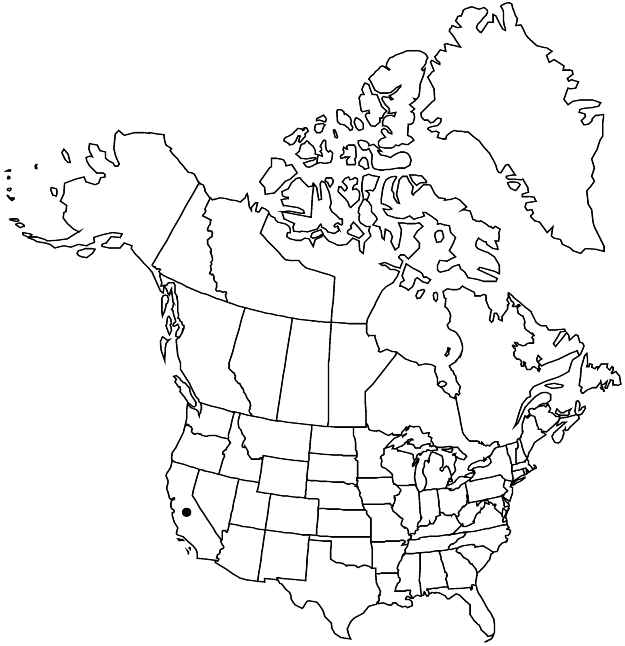Eriogonum elongatum var. elongatum
Herbs, erect, not scapose, 6–12(–18) × 5–15(–20) dm, tomentose to floccose, grayish. Stems spreading to erect, without persistent leaf bases, up to 1/5 height of plant; caudex stems absent; aerial flowering stems erect, slender, solid, not fistulose, 1–4 dm, tomentose to floccose. Leaves cauline, fasciculate or 1 per node; petiole 0.5–2 cm, tomentose to floccose; blade narrowly oblong to narrowly ovate, 1–3 × 0.5–2 cm, densely tomentose on both surfaces, margins plane, sometimes crisped. Inflorescences virgate, with involucres racemosely disposed at tips, 15–120 × 10–50 cm; branches dichotomous, tomentose to floccose; bracts 3, scalelike, triangular, 1–5 mm. Peduncles absent. Involucres 1 per node, narrowly turbinate, (4–)6–7 × 2–4 mm, tomentose to floccose; teeth 5, erect, 0.3–0.6 mm. Flowers 2.5–3 mm; perianth white, glabrous; tepals connate proximal 1/4, monomorphic, oblong to obovate; stamens exserted, 2–4 mm; filaments glabrous or sparsely villous proximally. Achenes dark brown, 2–3 mm, glabrous. 2n = 34.
Phenology: Flowering (Jan-)Jul–Nov(-Dec).
Habitat: Sandy to loamy flats and slopes, grassland, coastal sage, and chaparral communities, oak and conifer woodlands
Elevation: 60-1900 m
Distribution

Calif., Mexico (Baja California).
Discussion
Variety elongatum occurs in the Coast and Transverse Ranges of southeastern California from Monterey and San Benito counties southward to Mexico. The elongate, upright flowering stems and inflorescence branches often persist for several years with new stems produced annually. The long, “leggy” habit is not particularly attractive in the garden even though the variety is occasionally grown as an ornamental. The long-stem wild buckwheat is heavily visited by honey bees in some areas and is the host plant of the Gorgon copper butterfly (Gaeides gorgon). J. B. Romero (1954) reported that the variety was used by Native Americans to treat high blood pressure, and E. W. Voegelin (1938) mentioned that the stems were roasted and the resulting juice was used as a chewing gum. Care should be taken not to confuse fragmentary specimens of the annual Eriogonum roseum with the perennial E. elongatum.
Selected References
None.
